People in Dien Ly village, Dien Lu commune grow tomatoes according to VietGAP standards.
In recent years, Dien Lu commune (Ba Thuoc), now part of the new Dien Lu commune, has made remarkable changes in agricultural production development, especially in converting crops towards commodity production. With a large area of agricultural land, available labor resources and favorable natural conditions, the commune has built a model of growing safe and clean vegetables according to VietGAP process with a scale of more than 2 hectares. This is a new direction for a mountainous locality and has attracted a large number of people to participate in production. The model not only brings stable income but also changes people's habits in production, improves the quality of agricultural products and awareness of environmental protection in agricultural production. Mr. Hoang Van Tuan in Dien Ly village, Dien Lu commune, said: “In previous years, my family mainly grew 2 rice crops and 1 vegetable crop, but the economic efficiency was not high. Therefore, I converted nearly 1,000 square meters of ineffective rice land to specialize in growing vegetables. If the weather is favorable and market prices are stable, one sao of vegetables, tubers, and fruits can bring in a profit of about 30 million VND per year. Realizing that growing vegetables brings high profits, I invested in installing an automatic irrigation system with a cost of more than 10 million VND, helping to save labor and improve the efficiency of caring for crops.”
It is known that Dien Ly village currently has 215 households, of which 190 households participate in the model of safe and clean vegetable production according to VietGAP process. With the success of the safe vegetable production model, it has contributed to creating jobs for many local workers, increasing income and improving the lives of the people.
According to the Department of Agriculture and Environment, the total annual crop planting area of mountainous communes in the province remains stable at 132,000 hectares/year. The total food output is about 460,217 tons/year. Of which, the rice growing area is 56,738 hectares with an output of 312,059 tons, an average yield of 55 quintals/ha. Corn is grown on an area of 20,220.8 hectares, with an output of 92,004.6 tons with a yield of 45.5 quintals/ha. Cassava grows on more than 13,152.2 hectares, with an output of 201,971.1 tons with a yield of 152.9 quintals/ha. In addition, the sugarcane growing area is 12,467 hectares with a total output of up to 822,822 tons, a yield of 660 quintals/ha. These figures not only reflect the stability in agricultural production but also show the efforts of localities in increasing the value of crops, moving towards large-scale commodity production.
In addition to food crops, the area of fruit trees in mountainous areas has also grown to 11,800 hectares with an annual output ranging from 180,000 to 200,000 tons. Some localities with large areas of fruit trees such as Van Du, Ngoc Lac, Nhu Xuan... are areas with suitable ecological conditions to develop fruit trees with high economic value, serving the domestic market and export.
To promote the process of conversion and sustainable development of crops in mountainous areas, the province has issued and effectively implemented many mechanisms and policies to support the development of agricultural production. Notably, the policy to encourage land accumulation and concentration to develop large-scale production and apply high technology is noteworthy. The total budget supported for mountainous localities (before the end of the district-level administrative unit) is 505 million VND, of which Nhu Xuan district was supported 175 million VND to accumulate 35 hectares of sugarcane land applying high technology; Thach Thanh district was supported 330 million VND to develop 33 hectares of vegetables. In addition, the policy to support the development of concentrated fruit trees was also implemented synchronously with a total budget of 46.5 billion VND, including items such as seed support, organizing technical training, investing in building traffic infrastructure to serve 9 concentrated fruit growing areas in mountainous communes. Practical support policies have created conditions for mountainous areas to develop suitable crops, not only contributing to ensuring food security, but also increasing income and creating sustainable jobs for people.
Article and photos: Le Hoi
Source: https://baothanhhoa.vn/phat-trien-ben-vung-cay-trong-khu-vuc-mien-nui-253877.htm


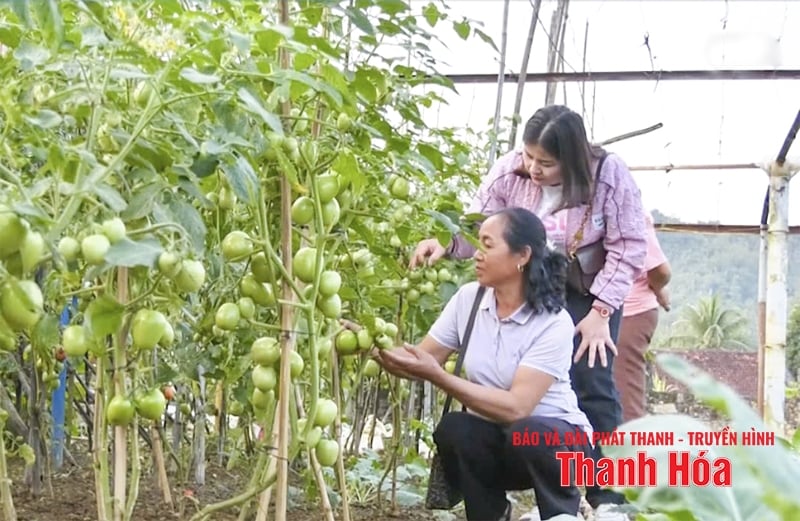

![[Photo] Dan Mountain Ginseng, a precious gift from nature to Kinh Bac land](/_next/image?url=https%3A%2F%2Fvphoto.vietnam.vn%2Fthumb%2F1200x675%2Fvietnam%2Fresource%2FIMAGE%2F2025%2F11%2F30%2F1764493588163_ndo_br_anh-longform-jpg.webp&w=3840&q=75)




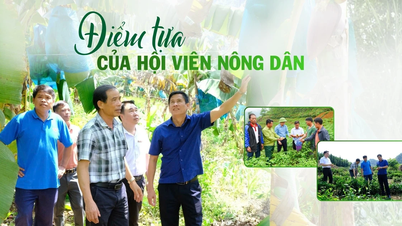

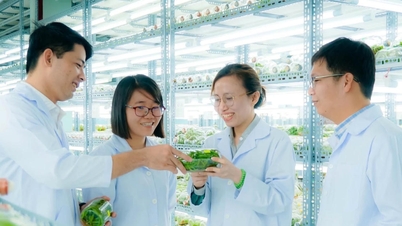



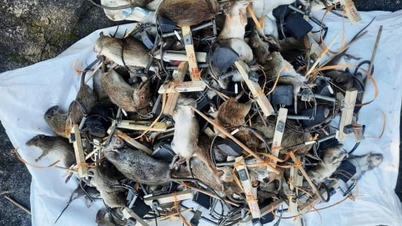





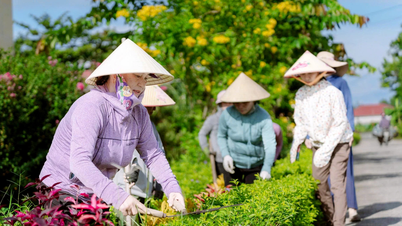

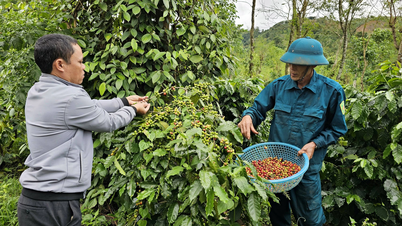
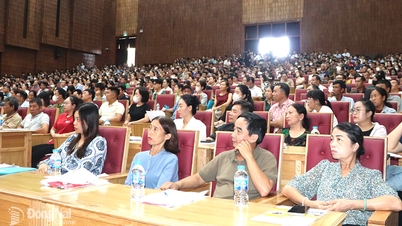

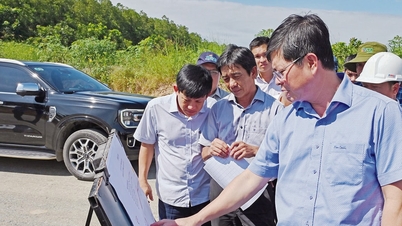

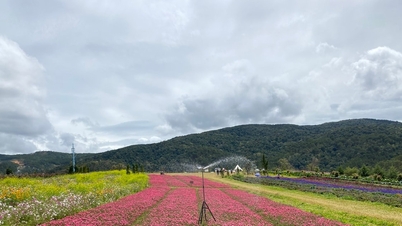






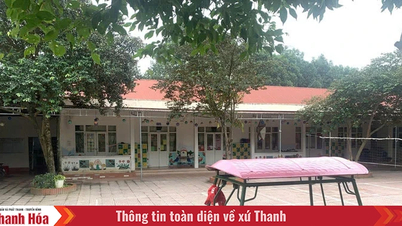
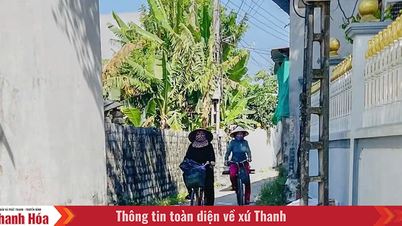


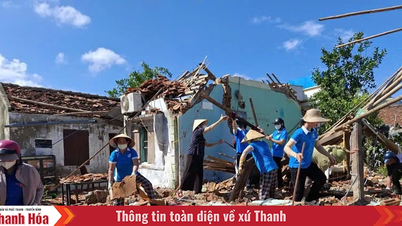


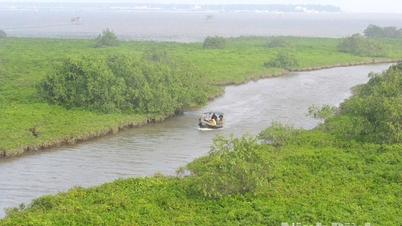

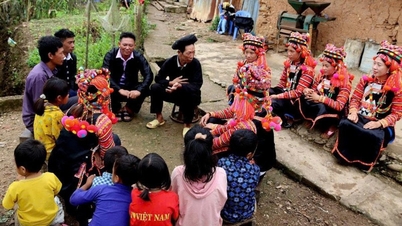





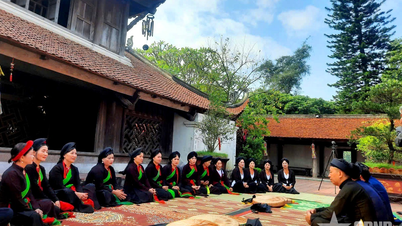









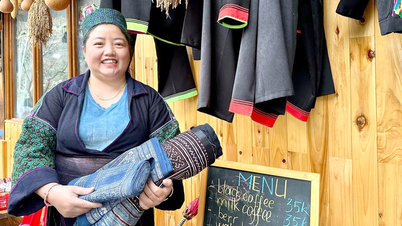






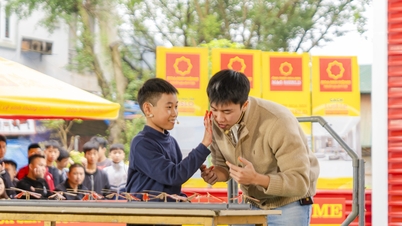







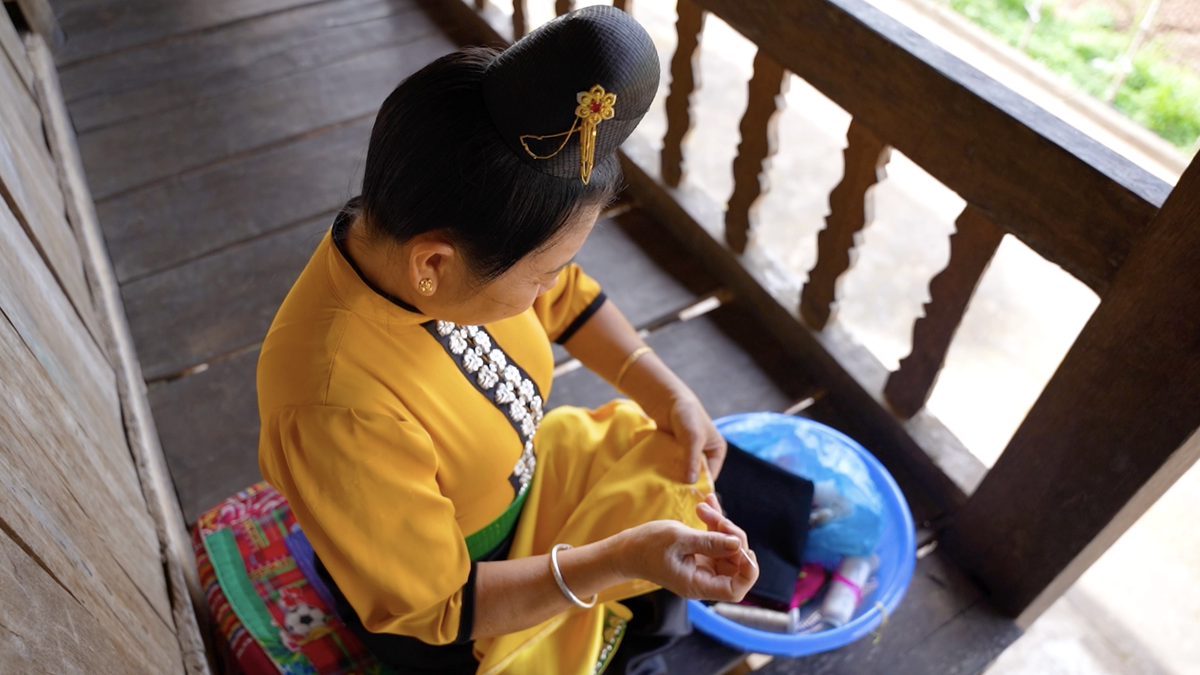















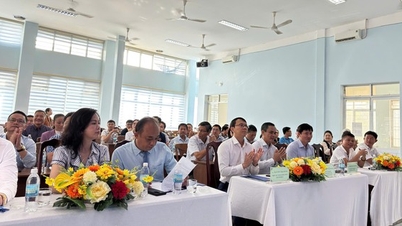


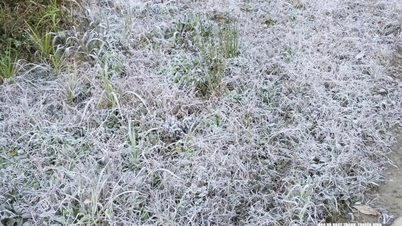
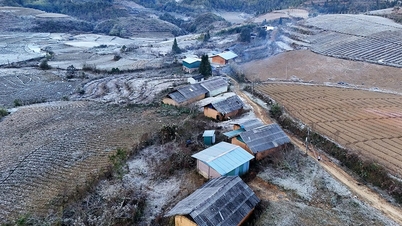

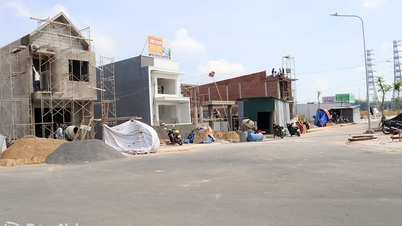
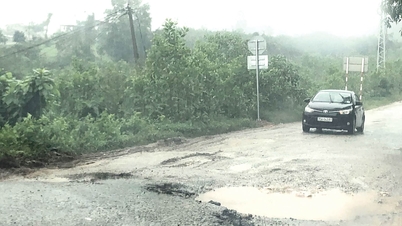








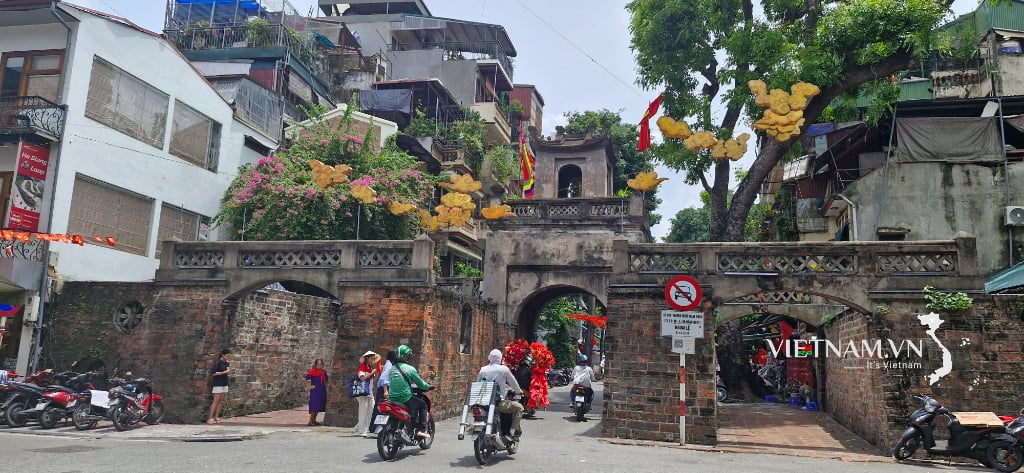



Comment (0)